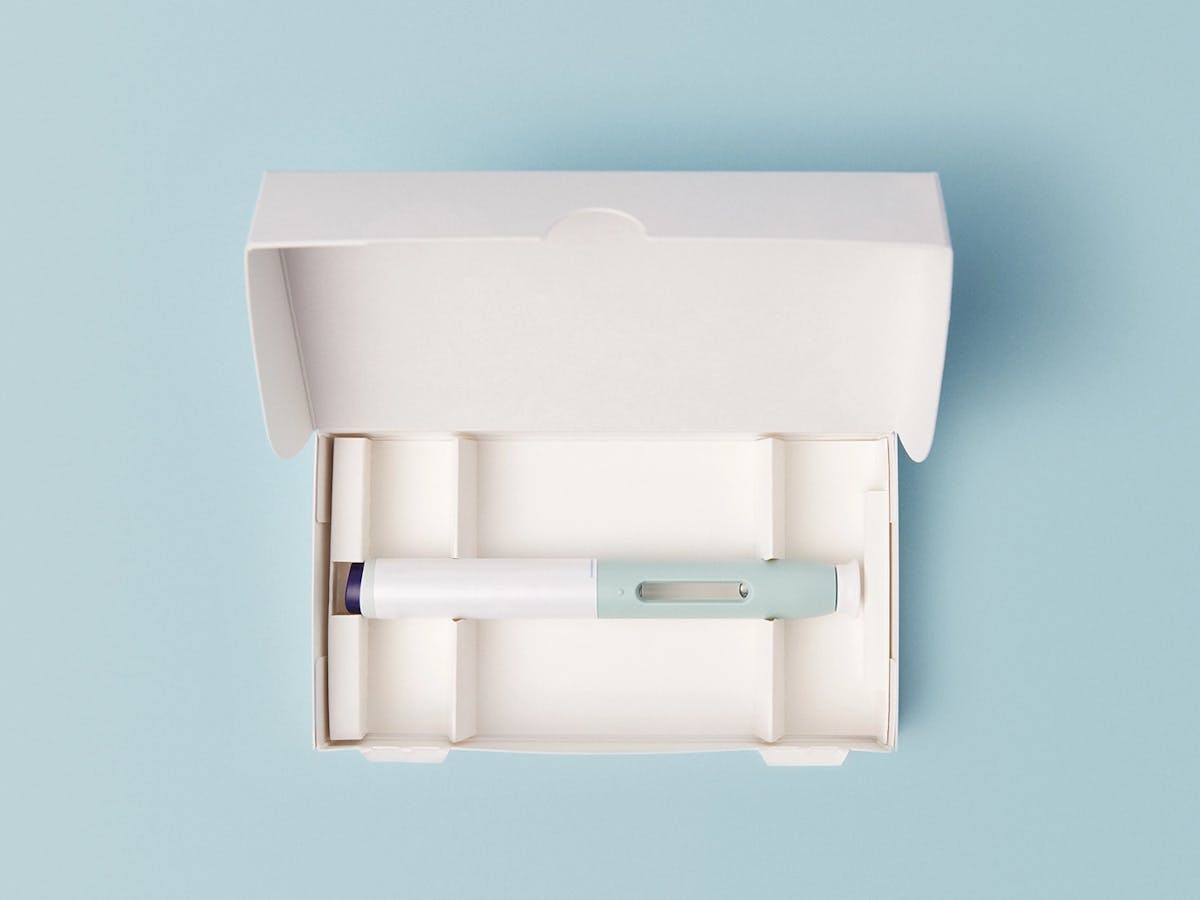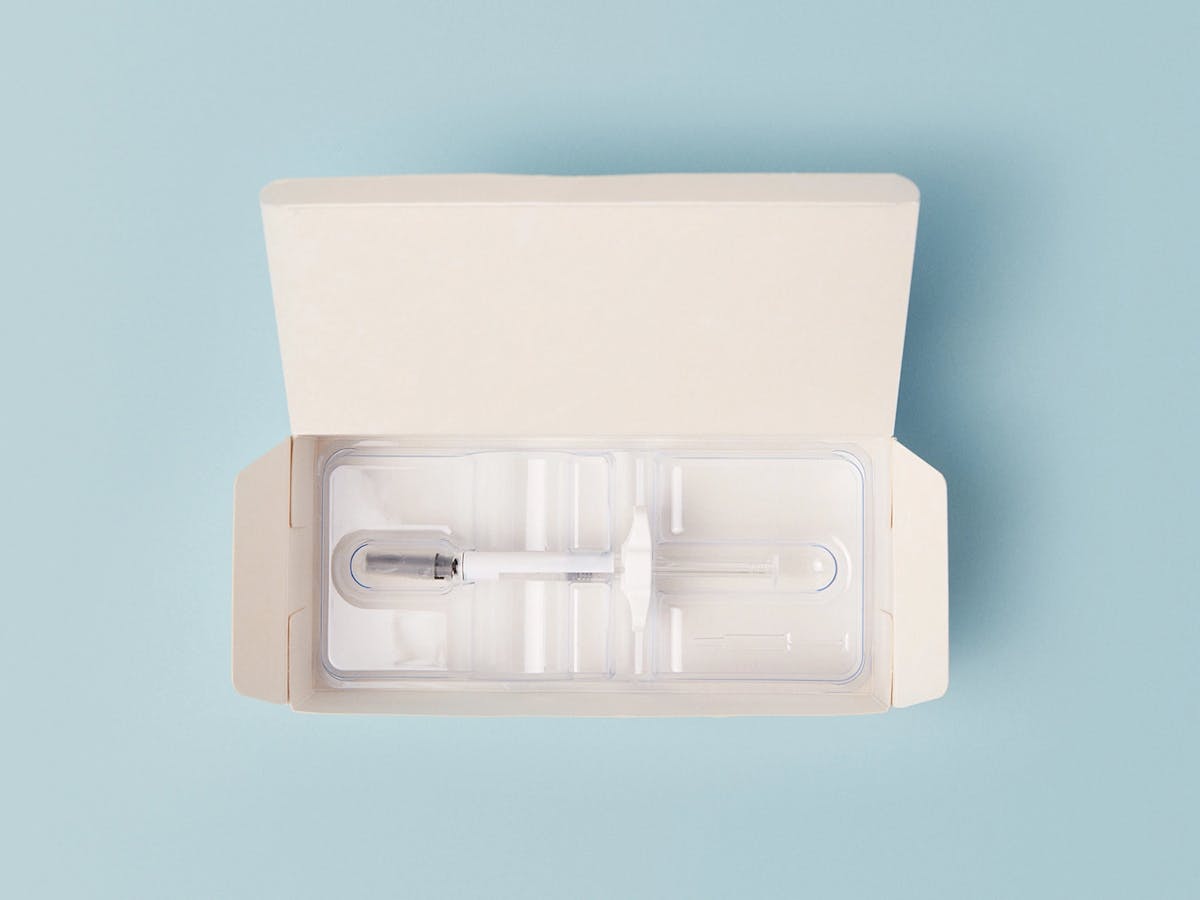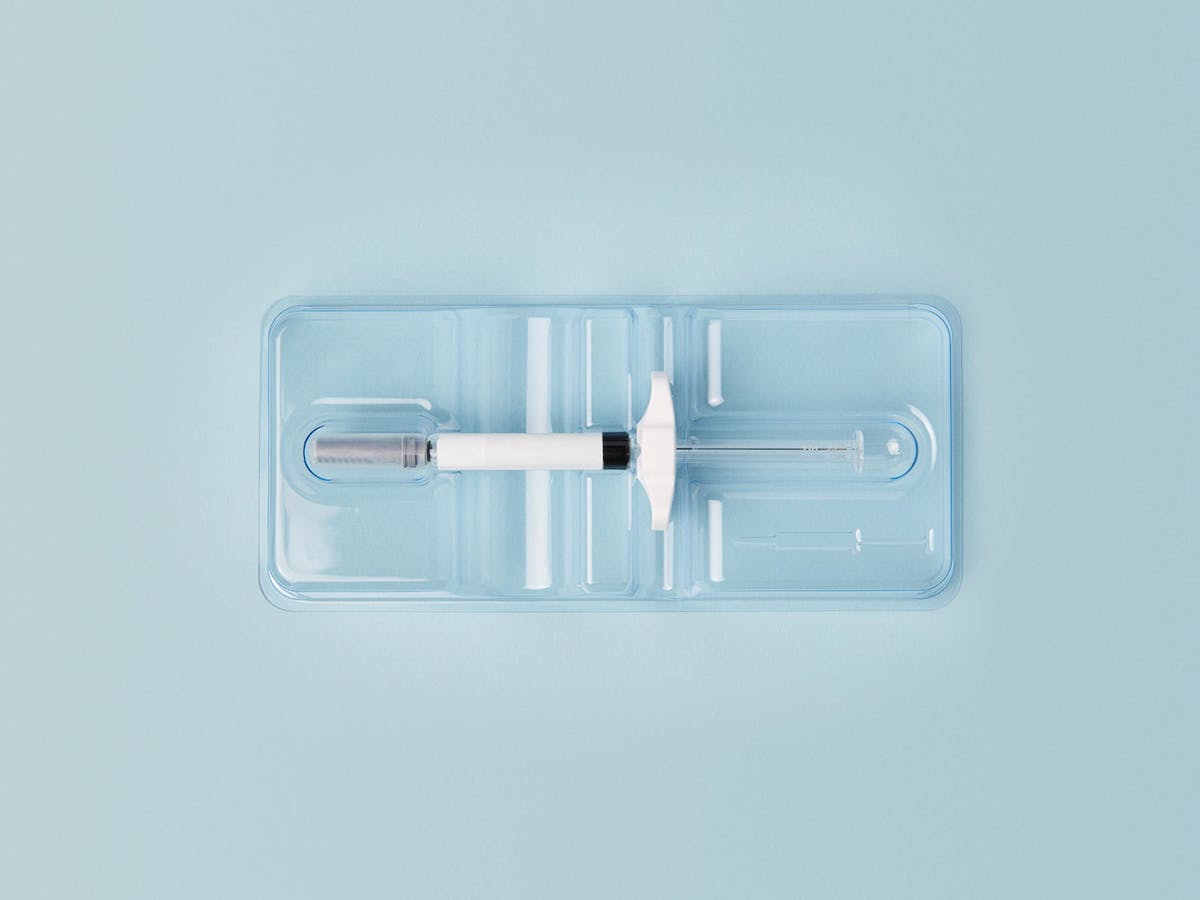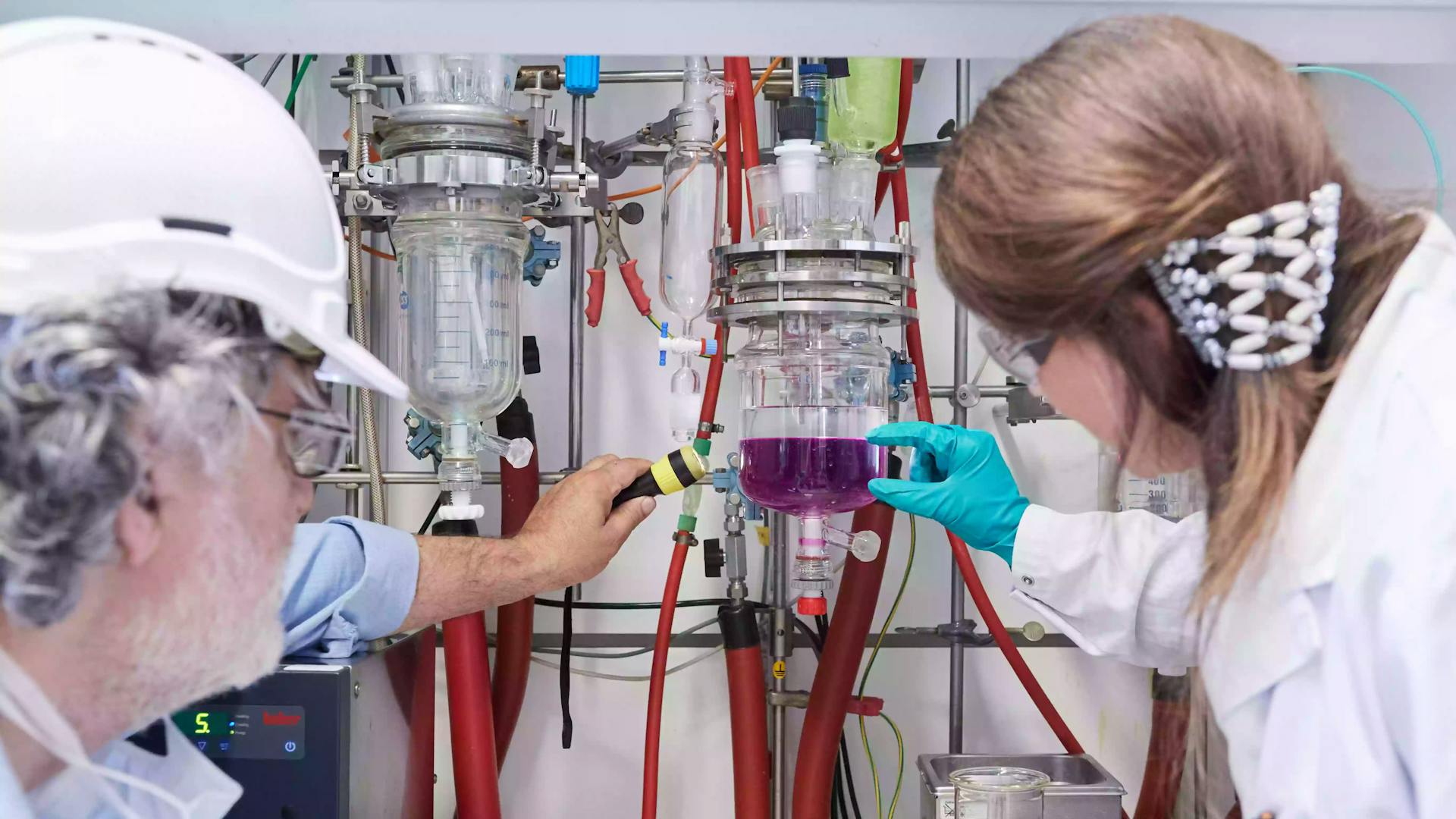
Saving carton through smaller packaging.
Published on 05/10/2020
When the discolored column of smoke that had been billowing from the chimney of an industrial incineration facility finally vanished, Brett Fulford knew he was on the right track – technically and professionally. It was the early 1990s. And Fulford, who worked for Rechem International at the time, had recently installed one of the very first wet electrostatic precipitators in the United Kingdom, a high-tech filter which allowed the plant operators to burn a toxic chemical without causing harm to the environment.
“I radioed over the walkie-talkie to the control center to switch on the precipitator,” Fulford says, recalling the moment more than 20 years ago. “The steamy plume, which could be seen for miles and miles around, suddenly disappeared. It was very satisfying that my own efforts helped getting rid of this toxic waste.”
Fulford, who had studied engineering technology at Leicester Polytechnic, also specialized in waste management and pollution control. “I fancied for a time to go into design and worked for a company in the sector, being very much attracted by product designers such as Philipp Stark,” Fulford says. “But eventually I moved to environmental studies, an industry which was extremely new and exciting and where I could put my engineering skills to the test.”
When he went on to study at the University of Manchester and at Loughborough University, Fulford was one of only a handful of engineers in the emerging field, which despite the growing environmentalist movement at the time had yet to make an impact in the industry. “We were just a few people,” Fulford recalls. “But this gave us a sense of being pioneers and the satisfaction of having a real impact.”
Plastic-neutral
This frontier spirit and the gratification of helping to clean the environment never left Fulford, who early on in his career moved to the pharmaceutical industry and, some three years ago, joined Novartis. Here, as Head of Environmental Projects, he oversees a series of large and small-scale projects designed to help the company become more sustainable.
One of the key projects he is leading is to make Novartis plastic-neutral by 2030, meaning that the weight of plastic packaging entering the environment for disposal is approximately the same as the weight being recovered for recycling.
As part of these efforts, he is also developing new approaches to get rid of polyvinyl chloride, known to all as PVC, one of the most-used materials in medical packaging, which until recently was hardly questioned by either patients or regulators given its ability to protect a drug.
Despite its known environmental impact, PVC is still widely used in the 900-billion-dollar global packaging market and is expected to grow over the next few years. Although the packaging market in medicine is small compared to other industries, PVC is also ubiquitous here due to its high adaptability and low cost.
“PVC has been used for such a long time that people have not challenged it until recently, if at all,” Fulford explains. “In many ways it is the most reliable and safe material to store and distribute medicines, especially if you think of worldwide distribution, where you ship drugs over long distances and in which the goods need to be packaged safely to protect against pressure and temperature, for example.”
Secondary packaging
Given its strength and its ability to withstand harsh impacts and high temperatures, PVC is the cover of choice in primary packaging, the protective shield that covers the actual drug such as in a classic blister pack of pills.
While Novartis is working on novel ways to replace PVC in this domain, both regulatory and technical barriers are currently so high that most efforts are still conceptual. In secondary and tertiary packaging, however, things look rather different, as they do also when it comes to the design for packages of new drugs.
One of the most advanced efforts to replace PVC is led by Yves Steffen, Head of TRD Packaging & Device Commercialization, who is working to use new materials for secondary packaging for biologics, which is used to hold individual units together, e.g. within a box.
“Everything we do needs to be commercially sensible and must not, under any circumstances, affect patient safety,” Steffen, a mechanical engineer who has been working at Novartis for the past 16 years, explains the tricky road to replace a material that so far has been the uncontested industry favorite. “We try to find solutions that require little investment and provide our production division with the right incentive to embrace a new material.”
One early success story was the replacement of a PVC foil for newly launched biologics, which are often shipped in prefilled syringes. Rather than using PVC for the secondary cover that holds the product together in the box, the group looked for materials that can be recycled and have a limited impact on the environment.
“What we found was bio-thermoplastic based on renewable raw materials,” Steffen says. “On the one hand, we were able to reduce waste material and costs. On the other hand, because secondary packaging in biologics is not regulatory-relevant, we could simply exchange PVC with this new material very quickly.”
Given the efficiency with which the team was able to execute the project, Steffen and his colleagues now aim to get rid of all PVC in secondary packaging for biologic drugs. Meanwhile, Novartis, which has calculated that around 30 000 tons of plastic are associated with its products, is also working towards replacing PVC in ampoule trays and plastic bands for bottle caps as well as substituting pouches for bottles.












